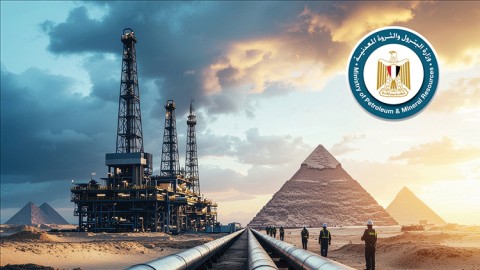Ever since the Organization of the Petroleum Exporting Countries (OPEC) was established, there has been a conflict between the producers and consumers related to oil barrel prices and their effect on the global economic growth rate worldwide. As a result, several legislations and rules have been set up to regulate the mechanism of oil barrel prices and create a good tool for oil barrel pricing based on mutual interests shared by both exporting and importing countries. There were times when regulations were not fair for exporters, such as in the 1990s.
Crude oil’s prominent position in the global commodities market is well-known because changes in oil barrel prices impact the global economy. Thus, those countries or groups that produce crude oil also impact economies worldwide. Oil barrel prices are largely dependent on two factors, geopolitical developments and economic/political events. These two variables can lead to changes in oil demand and supply level, which drives oil barrel price fluctuations. For example, the 1973 Arab oil embargo, the 1982 Iran-Iraq war, the 1990 Arabian Gulf War, the Asian financial crisis of 1997, and the global financial crisis of 2008 are some of the historical geopolitical developments that have significantly impacted oil barrel prices. In the last two years, the COVID-19 pandemic affected the oil barrel prices negatively because of quarantine policies which reduced traveling worldwide.
OPEC sets production targets among its members to manage oil production. OPEC countries produce roughly 40% of the world’s crude oil. Additionally, OPEC’s oil exports represent about 60% of the total petroleum traded globally.
OPEC’s actions have a huge effect on the international oil barrel prices. In particular, OPEC’s largest producer of crude oil, Saudi Arabia, has the most frequent influence on oil barrel prices. Historically, crude oil barrel prices have seen increases in times when OPEC production targets are reduced. As a result, OPEC’s members take action to cut production when the oil barrel prices go down sharply to control the oil prices and to avoid the negative effect on their economies.
Responding to the highly dynamic economic and geopolitical developments, OPEC makes changes to its oil production capacities, which impact the oil supply levels and result in oil barrel price volatility. With OPEC’s oil exports accounting for roughly 60% of the total petroleum traded worldwide, more than 80% of global crude oil reserves are within the territories of OPEC countries. Hence, roughly more than 60% lie within the Middle East. Additionally, all OPEC member countries have been continuously improving technology and enhancing exploration sciences and techniques, leading to further enhancements in their oil production capacities at reduced operational costs.
To have more control over crude oil supply globally ten non-OPEC countries joined OPEC to form OPEC+ in late 2016. OPEC+ controls over 50% of the global crude oil supplies. The influence of OPEC+ as an organization is due to the lack of alternative sources equal to its prominent status, the absence of economically feasible alternatives to crude oil, and a low-cost price advantage in comparison to high-cost non-OPEC production.
As we agreed, oil prices are affected by geopolitical developments and economic interests. Additionally, major global events or crises greatly affect the supply/demand levels. One such event occurred in January 2020, when the global economy was struck by the COVID-19 pandemic. The global demand for oil led to divisions forming within OPEC+, specifically between Saudi Arabia and Russia being the two largest oil exporters.
The dynamics of the oil economy are complicated and oil prices depend on more than the rules of demand and supply. Although at its most primal level, the market is the final arbiter of the price of oil barrel. Under the normal global market conditions, OPEC+ will continue to maintain its dominance in oil barrel price determination. Despite challenges, such as shale oil & fracking technologies and oil discoveries in non-OPEC countries, OPEC’s share of the global market allows the international organization to determine production trends and continue to be a major player in oil price determination.
In summary of the above, oil barrel prices are driven by many factors, including supply and demand. OPEC member countries produce about 40% of the world’s crude oil and OPEC’s oil exports represent about 60% of the total petroleum traded internationally. OPEC (especially KSA) has the upper hand in determining the direction of oil prices, but Russia has also become a key player.
In Egypt, the government has issued a system for pricing the petroleum refining products or fuels to avoid the crude oil barrel prices fluctuation and to control its impact on the Egyptian economy totally. I see that this system will attract investments and will be a safety factor for different investors to develop their business activities in Egypt.








